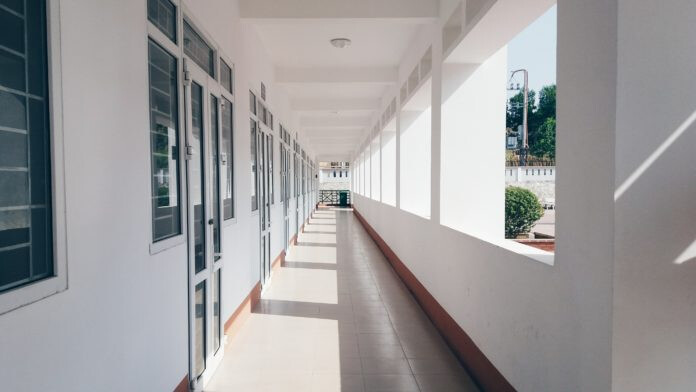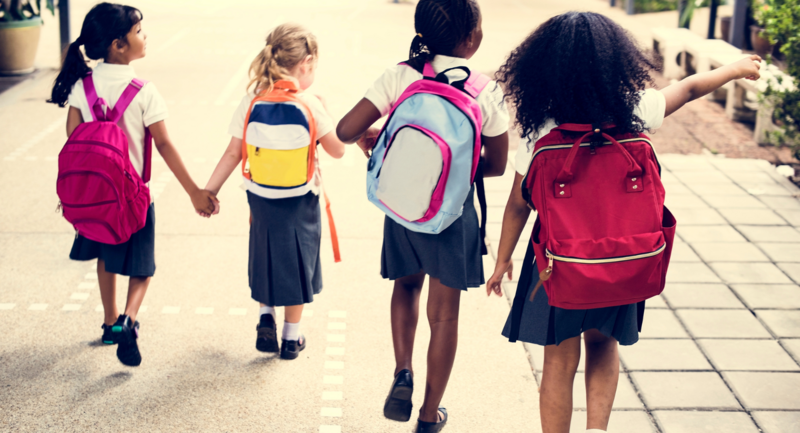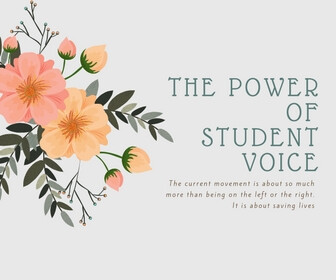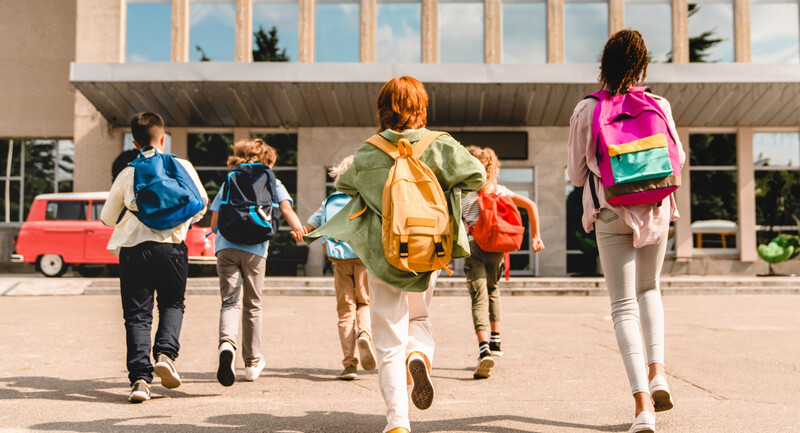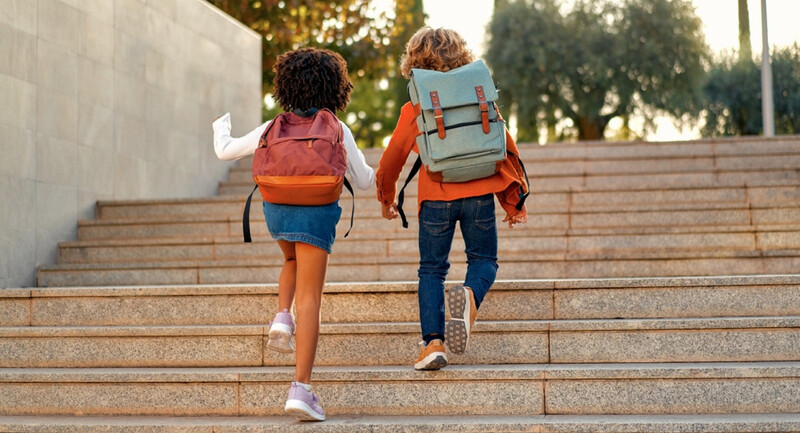What’s your sense on how schools are responding so far? What’s going well and what could be better?
One thing that could be better, and that we see a lot in our work with schools, is that many schools do not have a continuity of operations plan. They may have an EOP, or an emergency operations plan, that speaks to a specific crisis response, but are often lacking an effective plan to address what do we do, how do we continue to have school if we can’t physically be in this location? Some schools are scrambling a bit, trying to come up with a continuity of operations plan.
Most schools are doing a pretty good job communicating with parents. Sometimes there is a temptation, with schools or other organizations, to talk about feel-good measures that aren’t based in research, science, or recommendations of public health officials. It’s important for school administrators to take their cues from what public health experts are telling us, rather than do things designed to make people feel better but that aren’t necessarily effective.
Aside from what happens with this outbreak, schools can look at their continuity of operations plans and communications practices and see if, going forward, they can do better in these areas.
What are the keys to good communication during a crisis like this one?
It’s important to provide information and be as transparent as possible about what you’re able to do and what you’re not able to do. It’s important that schools don’t create this illusion that there’s this absolute certainty of safety, because there isn’t, regardless of the nature of the threat. But it’s also important to acknowledge people’s concerns and to address with as much clarity as possible what it is you are able to do and are actively doing. Make the communications shorter but maybe more frequent, as opposed to holding everything very close for days and days until you know exactly what you’re doing. I think people appreciate short pieces of communication as opposed to radio silence for a long time and then this outpouring of stuff. People are going to get information somewhere, it just might not be accurate. So schools have the choice to be the voice that’s accurate and correct, or they can allow social media to take care of it, and that’s not a very good option.
As school leaders make tough decisions about school operations, what crisis management best practices will help anchor their approach?
With any school-safety crisis response it’s important to be collaborative and work with your local officials. In this, case health officials, in other cases it might be law enforcement or EMS. That’s not to say that school officials need to abdicate decision-making to other agencies. Actively collaborate – how does the situation look in your particular school? And then make decisions that are unique to your school, thinking about the unique concerns and situations of your school. With the [coronavirus outbreak] this is very important because it varies a great deal from area to area in terms of exposure, the number of cases, what the community is demanding, and the resources available. There’s a wide variance so it’s important for leaders to consider the unique capabilities and strengths of their district in that collaborative work with other officials.
There’s a dilemma of trying to hit that sweet spot of not overreacting but also not being in denial about the situation. This particular crisis is a bit tougher because there’s nothing to refer back to and it’s evolving so quickly. With a hurricane, tornado, or some natural event you’ve got forecasters and you can track the path and gauge the impact. The coronavirus crisis just has so many elements that are pretty unpredictable, that people are struggling to get into that middle ground and they are, understandably, overreacting or underreacting.
Communities need to have patience with that because what you’re asking school officials to do is really tough. Do we bite the bullet now and make these difficult decisions for a long-term gain? Or are we perpetuating all these other problems – academic gaps, resources to families, financial impact on families—to solve what may be a minor problem for our community? It’s tough, and there’s no real precedent to look at. I hope that school officials are spending time debriefing what’s going well and what hasn’t, so that they can make adjustments for when something like this comes up in the future.
You’ve said that recovery is an often-overlooked element of school safety planning. What do you think will be essential to a strong recovery for schools that have closed due to the virus?
Clearly academic recovery will be part of the process if schools have to close for a significant amount of time. There will also be emotional aspects to the recovery process. How can make people feel safe at school again? Especially if there have been missteps, how can we get stakeholders to feel that school leaders know what they are doing and are acting in the best interest of kids? Sometimes part of the recovery process is repairing those relationships. But, keep in mind, people are pretty resilient and understanding of the unprecedented nature of this crisis. I think we can use that resilience to build a greater capacity, as communities, to deal with these kinds of events.
Finally, can we turn this current emphasis on this outbreak into a benefit in terms of preventing and planning for infectious diseases of other kinds? People are now on board with infectious disease practices that we’ve struggled to get people on board with in the past. How do we hold on to that momentum so that next flu season people are more equipped with prevention skills?
How might this pandemic impact school safety planning, going forward?
For me, the biggest takeaway is that we as a society have spent so much time in school safety beating the drum of active shooter preparedness, that we have become very unprepared for anything else. Most schools spend all their resources on the least likely event— an active shooter. I’m not saying schools shouldn’t be prepared for that, but the coronavirus outbreak shows there are lots of things that impact school safety that don’t have anything to do with gun violence.
We’re very concerned that schools, in many ways, can become more dangerous when the only thing you’re working on is active shooter response. Classroom teachers need training in a range of responses – from medical emergencies, to deescalating a noncustodial parent who busts into their room, to what to do if a tornado peels the roof off. As the coronavirus crisis progresses, it should be a recommitment for schools to take an all-hazards approach to school safety.



